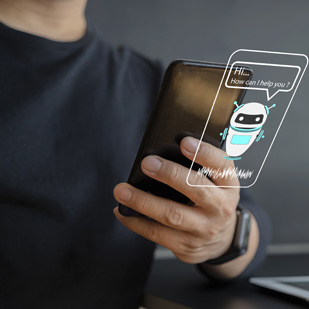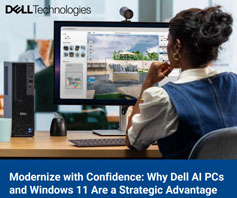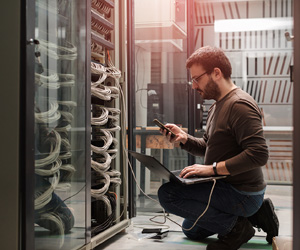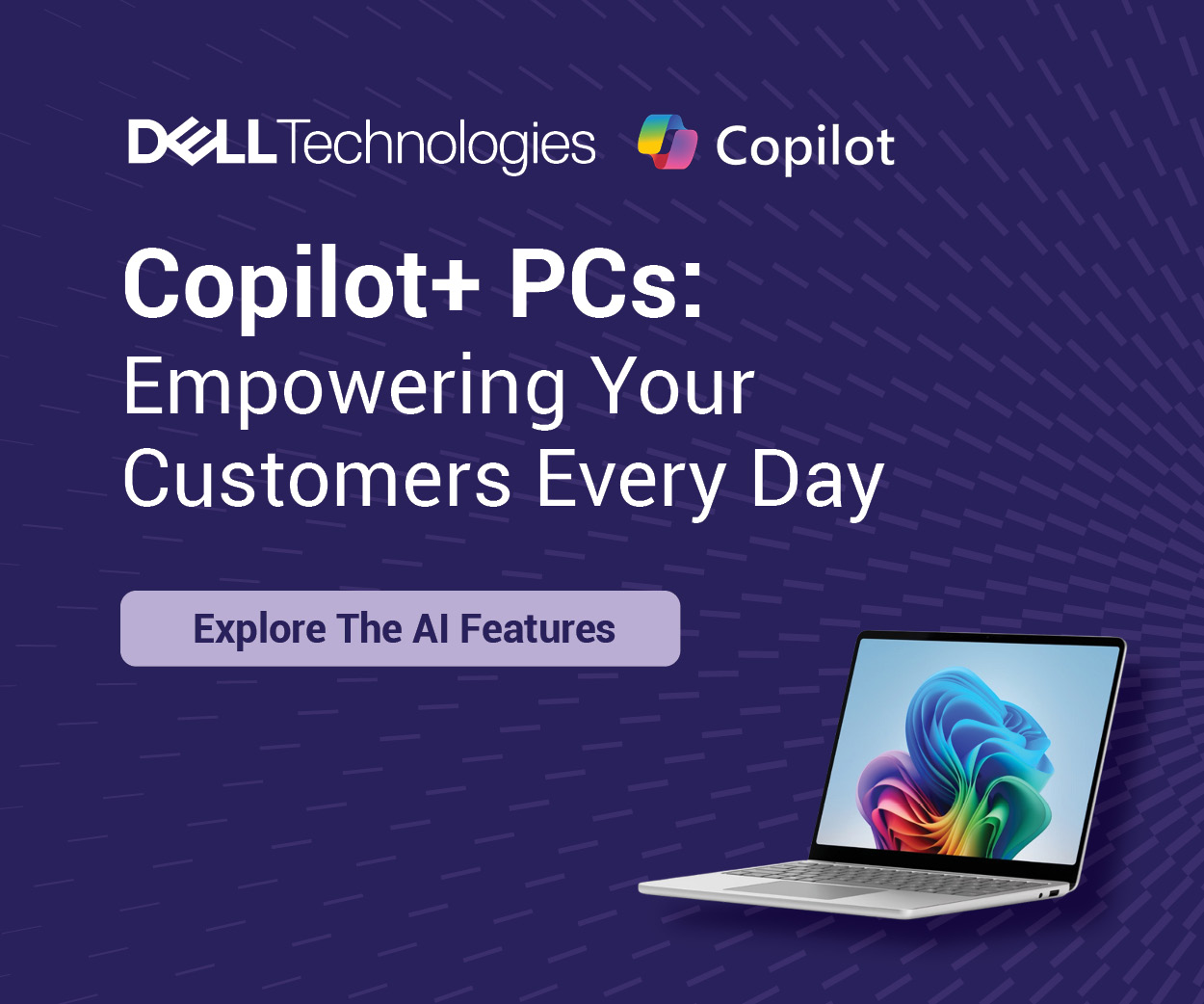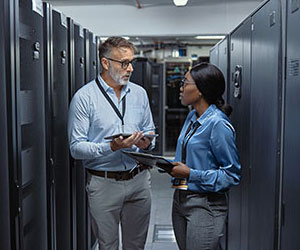Virtual Reality (VR) creates an immersive 3D environment where users can observe, explore, and interact. That immersion happens inside a set of VR goggles that place high-resolution displays inches from the user’s eyes. The goggles track your movements and connect to handheld controllers and other peripherals that enable the system to simulate physical movement in a virtual space.
VR technology has massive potential, but much of that potential has yet to be realized. Right now, VR is most popular with the gaming crowd. The total immersion VR offers makes it an ideal gaming platform. VR can make you feel like you’re in the cockpit of an F-16 or traveling at light speed through an alien galaxy.
But VR is more than just a toy. The immersive platform can be equally helpful for engineering, learning and therapy. It just takes the right combination of software and hardware to make it work.
Speaking of hardware…
When people think of VR, they often imagine VR goggles like Meta’s popular Oculus 2. This is the part that dominates your senses and transports you to another universe. And though they may seem like simple devices, they are sophisticated all-in-one computers packed with cutting-edge tech.
Your average VR goggles contain depth-sensing cameras, LCDs, stereoscopic lenses, accelerometers, gyroscopes, stereo speakers and lithium batteries. And, if they are designed to operate without being connected to a computer, they’ll also include a CPU, GPU, storage, memory and dozens of other vital components. And that’s just the part that goes on your face!
Those goggles must also be able to work in concert with handheld controllers and wearables. And they must be able to connect to the internet so users can download software, access information and interact with other denizens of their virtual worlds.
VR for things other than gaming
Virtual reality isn’t all fun and games. Some people actually use it to get things done. For instance, architects can use VR to visualize and design spaces. They can deploy virtual computer-aided design (CAD) software to experience their creations in an environment designed to simulate gravity, weather patterns and other physical properties.
Medical staff can use VR for training and to practice procedures. Teachers can offer their students customized interactive learning environments. And people from disparate locales can come together in virtual reality without the expense and environmental impact of air travel.
VR offers some incredible possibilities. And, as the technology matures, we will surely discover new uses for decades to come.
